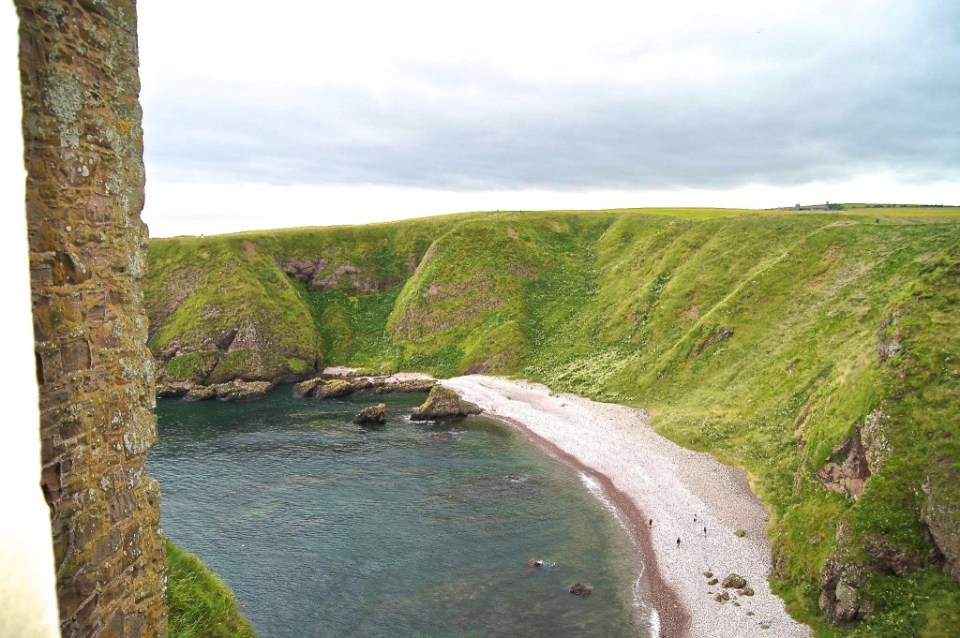
The Captivating Dunnottar Castle
When I think of old medieval castles, my mind almost always wanders to somewhere in the English or Scottish countryside. In fact castles have always fascinated me and I put that down to being an Australian. Why I hear you ask? Well, Australia doesn’t have the sort of grand history of kings and queens and magnificent castles of that seen in Europe. So when I visited Scotland, seeing castles was always going to be on my list of must visits. I have family living on the East Coast of Scotland and on my first visit, I was taken to the very captivating Dunnottar Castle.
Dunnottar Castle
Dunnottar Castle is every bit as dramatic as the coastline it sits upon. The scenery surrounding the castle is nothing short of stunning. Dunnottar Castle makes use of the landscape to create a natural fortress. Located high on on a rocky headland, atop Fifty meter cliffs that plunge into the sea, Dunnottar Castle makes for a truly spectacular setting. Yes this castle is in ruins but it’s the incredible atmosphere it creates that will have you impressed. It will almost have you feeling like you are walking through the abandoned castle straight after a mighty battle.
What I really loved about visiting this castle was something that was quite unexpected. That was hearing the sounds of a lone bagpipe player on the walking track. The sound of these bagpipes carried right through to the castle as you wondered about. It was such a surreal experience and hearing those bagpipes really added to the experience – you just couldn’t get any more Scottish than that!
When I visited it wasn’t too busy, with just a handful of people, so you really got a sense of how isolated the castle is on the hill. You are free to explore almost all areas, inside it’s walls, peer into tunnels and rooms, giving you an idea of what the dark ages would have been like.
History of Dunnottar Castle
Dunnottar Castle plays a significant part in Scotlands history. The crown jewels or ‘the honours of scotland’ were hidden within the castle in order to protect them from being destroyed by Cromwell’s army. A small garrison held Cromwells army at bay for 8 months, finally defeating them and saving the crown jewels. The crown jewels are currently on display at Edinburgh Castle.
The castle has had some famous Scottish figures in history within it’s walls. William Wallace and Mary Queen of Scots were visitors to Dunnottar Castle at various times.
The castle has endured a number of attacks and the remaining buildings are largely those that were restored in the 15th and 16th century, when it was in possession of the Keiths. On site is a 14th century tower and a 16th century palace. The sites origins date further back possibly to the 5th century, although the first written mentions have it dated between 681 and 694.

The lone bagpipe player along the walking path leading up to Dunnottar Castle.
Visiting
The castle is located about 3km south of Stonehaven on the East Coast of Scotland.
The entry fee is 6 pounds and that goes to the upkeep of the castle.
Open hours are from: April to the end of September – 9 a.m to 6 p.m
October to the end of March – 10 a.m to 5 p.m or until sunset.
l


















